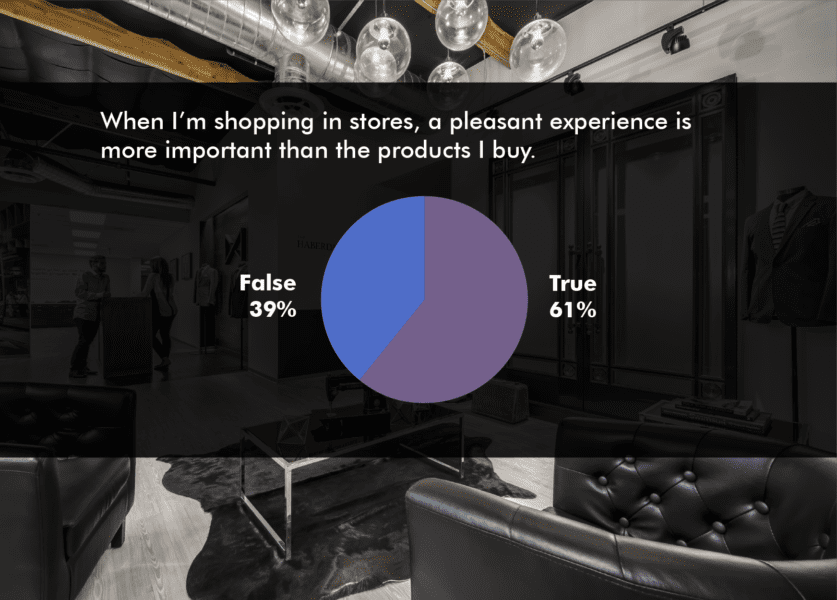More...
By Anthony Simon | Managing Director of Retail | January 31, 2017
Are We Sacrificing the Resilience of Human Experience for the Autonomy of Technology?
If you walk down any city block, you will probably see 20 people looking down at a smart phone—if not listening to it. Despite their disregard for safety, those distracted individuals might be missing a beautiful sunset, an artfully composed store front, and any number of un-choreographed moments with friends or strangers. But the mentality that “your needs come first” is not just limited to smart phone technology: It is also a driver of the retail industry and the value that brands strive to bring to customers.
In a world of instant gratification, immediate feedback is power. But where does it end? How will we sustain the rapidly growing pace of layering technologies into our life? If we take away all the special moments—serendipitous run-ins, cordial and pleasant conversations with associates and customers, the pleasurable textures, and aromas of ambiance—our daily routines will blend together without distinction. We are confronting Alvin Toffler’s future shock, and our ability to process information at the rate it is presented.
Whether a cause or result of technology, we are busier than we’ve ever been. If shopping online will save 10 minutes of time, we will avoid the frustration of seeking products in a grocery aisle and choose digital autonomy. Recreating those human moments of warmth, pleasure, and connections (even those serendipitous sunsets) at just the right time for customers and clients, without sacrificing convenience, is the challenge for retail brands.
Beyond convenience, our reliance and confidence in the technology that facilitates our lives is growing. When my wife and I got our first Garmin GPS, its directions frustrated my wife because she knew the local roads better than me. I didn’t know the geography, so I followed the GPS. “Computers are making us dumb,” she said to me. I don’t think that’s necessarily the case, but we are definitely letting our guard down. We implicitly accept that computers and technology are doing “it” better. We’re less inclined to challenge, and more confident that technology will take that responsibility off our plate.
Electronic grocery delivery via websites or drones, for example, facilitates checkout-free shopping experiences that deliver consumer goods via autonomous vehicles. This eliminates the perceived inconveniences of human contact while shopping and delivers only the output: Your milk and bread for the week. These robot-driven processes are establishing a faster-paced culture, where instant results and gratification are now the default.
But there is a dichotomy between our implicit reliance on technology to complete tasks better than we can and our distrust of robots. In 1970, pioneering Japanese roboticist Masahiro Mori published “Bukimi No Tani,” suggesting that humans are uncomfortable with or even repulsed by any non-human entity that resembles us too closely. How does that bode for the development of autonomous vehicles and personal assistants or artificial intelligence? It is interesting to note that despite the warmth of the voice interface provided by many devices (Siri is a good example), the devices remain non-human in form.
Technology should further enhance humanization and facilitate connection, bringing us closer to the human experience rather than removing us from it. Is there an app that lets you order your food and meet the chef who cooked it when you pick it up? You’ve digitally taken measurements for your new shirt; can you meet the tailor who’s crafting your piece? As retail designers, we strive to realize this balance in the work environments we design for our clients.
By the way, as you were reading this article on your mobile device, your soulmate just walked by on his or her way to settle for someone else.
Want to Learn More?
If you enjoyed reading about retail design in 2017, you'll probably enjoy reading about retail design in 2018 as well! Click below to read "Retail Design in 2018: Store Aesthetics, a Shifted Lens."
Did you just miss your chance at meeting your soulmate?




